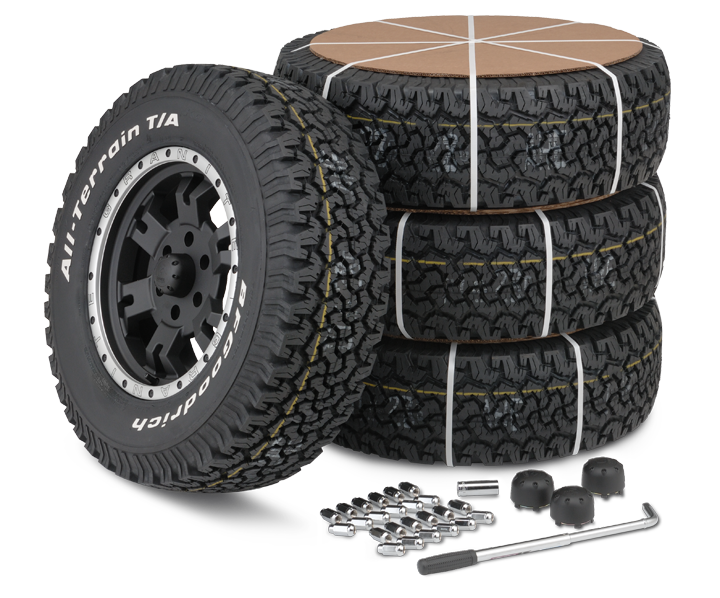Economical Discount Tires Morris IL: Irresistible Costs, Top Quality Guaranteed
Economical Discount Tires Morris IL: Irresistible Costs, Top Quality Guaranteed
Blog Article
Tire Solution: Understanding Tire Pressure Surveillance Equipments
Comprehending Tire Pressure Surveillance Equipments (TPMS) is an important element of preserving ideal car performance and safety on the road. With developments in vehicle innovation, TPMS has ended up being a common function in modern-day lorries, supplying real-time information on tire pressure degrees.

Value of TPMS
The relevance of Tire Pressure Surveillance Equipments (TPMS) lies in their capacity to improve lorry safety and efficiency through real-time surveillance of tire pressure levels. Keeping the appropriate tire pressure is essential for making certain optimum handling, stopping, and total safety and security of a lorry. TPMS gives drivers with immediate feedback on any overinflated or underinflated tires, permitting prompt modifications to be made.
Components of TPMS
Sensors are normally situated in the tire shutoff stem or attached to the wheel assembly, where they gauge tire stress and send information to the control component. Some advanced TPMS models likewise show the real tire stress analyses for each tire, offering chauffeurs with real-time details to make sure optimal tire efficiency and security. By keeping track of tire stress constantly, TPMS helps stop accidents, lowers tire wear, and enhances gas efficiency, making it an essential part for car safety and security and performance. mopar tire service specials.
Sorts Of TPMS

On the other hand, indirect TPMS relies upon the automobile's wheel rate sensing units to keep track of tire pressure. This system identifies underinflation by comparing the rotational rates of the wheels. Indirect TPMS is much less costly than direct TPMS, as it makes use of existing sensing units within the car.
While direct TPMS uses extra exact analyses, indirect TPMS is less Web Site complex in layout and typically requires much less upkeep. Both systems have their constraints and benefits, and the option between them frequently depends upon elements such as expense, car make, and personal choice. Understanding the distinctions in between these 2 types of TPMS can help car owners make educated choices pertaining to tire upkeep and security.
TPMS Maintenance Tips
Conduct routine checks on the tire pressure levels and compare them with the TPMS readings to ensure they are constant. During tire rotation or substitute, make certain that the TPMS elements are taken care of thoroughly to protect against any prospective damages. If the TPMS cautioning light brightens on the dashboard, deal with the problem promptly by inspecting the tire stress and the total system for any type of faults.
Benefits of Appropriate Tire Stress
Keeping proper tire stress, as emphasized in TPMS Maintenance Tips, is essential for reaping the numerous benefits related to optimal tire pressure degrees. Among the key advantages of keeping the proper tire stress is boosted gas performance. When tires are properly Website inflated, there is less moving resistance, causing much better gas economy. Additionally, appropriate tire pressure guarantees also tire wear, prolonging the life expectancy of the tires and promoting much safer driving conditions. With the ideal tire stress, vehicles additionally have better handling and grip, particularly in negative climate condition. This can boost general driving performance and safety and security for the chauffeur and passengers. In addition, preserving optimal tire stress can add to a smoother and extra comfortable adventure by minimizing vibrations and sound triggered by underinflated tires. In verdict, the benefits of correct tire pressure go past just tire long life; they encompass boosted fuel performance, enhanced security, better automobile performance, and general driving convenience.
Conclusion
Finally, recognizing tire pressure surveillance systems (TPMS) is essential for keeping optimal tire stress and look here guaranteeing automobile safety. By acknowledging the relevance of TPMS, recognizing with its elements, recognizing the different types available, adhering to correct upkeep suggestions, and recognizing the advantages of keeping proper tire stress, drivers can boost their driving experience and extend the life expectancy of their tires. Proper tire pressure is key to safe and reliable vehicle operation.

Report this page